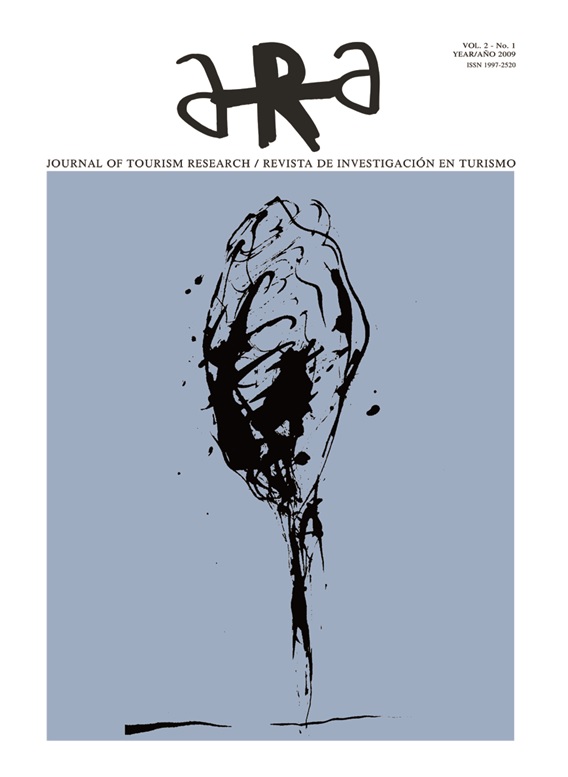Migratory Trends and its effect in the tourist flows of the Caribbean
DOI:
https://doi.org/10.1344/ara.v2i1.18972Keywords:
Migration, Tourism, Caribbean, Demographics, Tourism DemographicsAbstract
The current trends of travel and tourism are subjected to complex behaviour systems. New segments of travellers, related to tourist destinations by bonds of identity, origin and familiarity, are positioned in the travel and tourism market, as a result of the migratory mobility.
The migration towards the developed countries, mostly the United States and other tourist outbound markets for the Caribbean, becomes one of the social phenomena of greater impact for the Caribbean countries.
If in the last two decades the Caribbean emigration settled, in greater or smaller scale, in the developed countries, which at the same time constitute the main tourist outbound markets; from now on, they are able to integrate a segment of travellers, who are in the position to make greater expenses in the destinations they visit, that is, their countries of origin.
The international migration presents a remarkable increase and is characterized by diverse demographic effects and world-wide mobility, affecting the international tourist flows. This article refers to a segment that will constitute in the next years the main outbound market for each country involved; and at the same time, the greater source of tourist income for the destination, since it does not incur in important expenses with the international operators. This segment will demand new domestic products when visiting its country of origin, and undoubtedly will become the main tourist market, generating important income for many of the countries of the Caribbean.
Downloads
Published
How to Cite
Issue
Section
License
The authors who publish in ARA agree to the following terms:
- Authors retain copyright and grant the journal the right of first publication.
- Texts will be published under a Creative Commons Attribution License that allows others to share the work, provided they include an acknowledgement of the work’s authorship, its initial publication in this journal and the terms of the license.
- This material may not be used for commercial purposes.
- You may not distribute the modified material.
Attribution-NonCommercial-NoDerivatives 4.0 International (CC BY-NC-ND 4.0)














